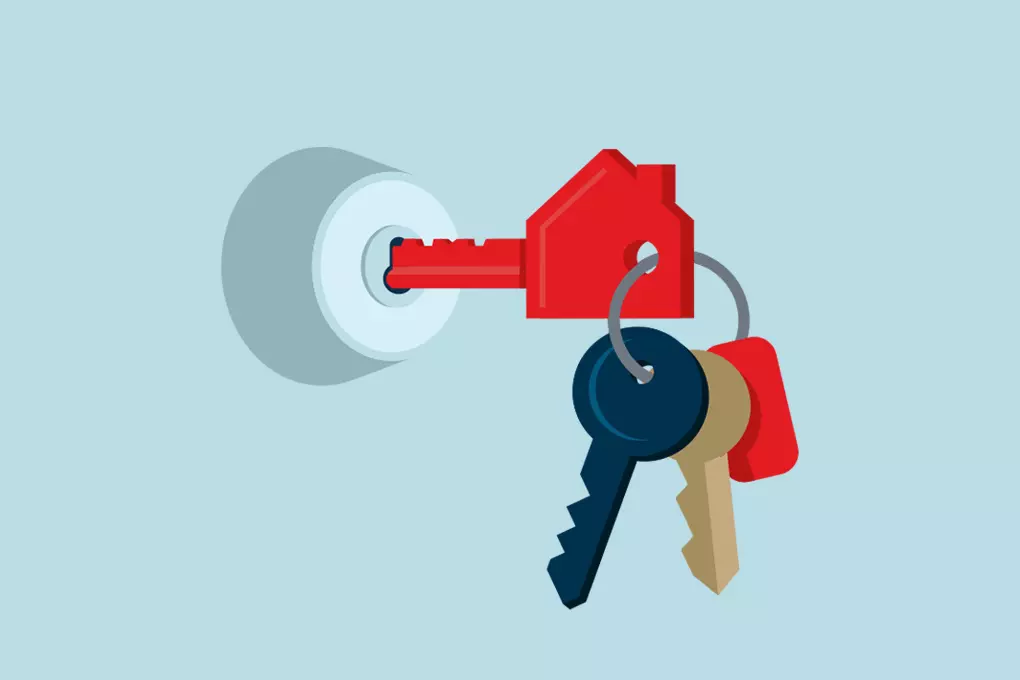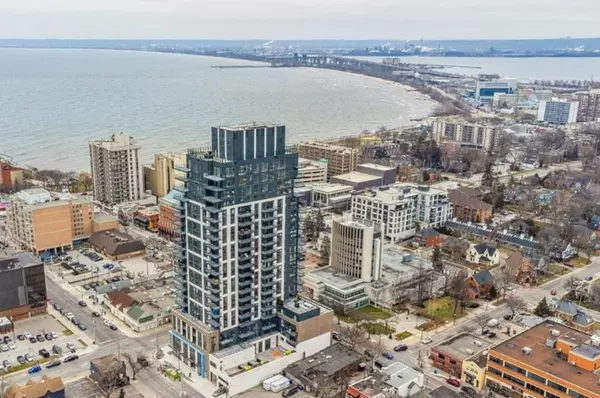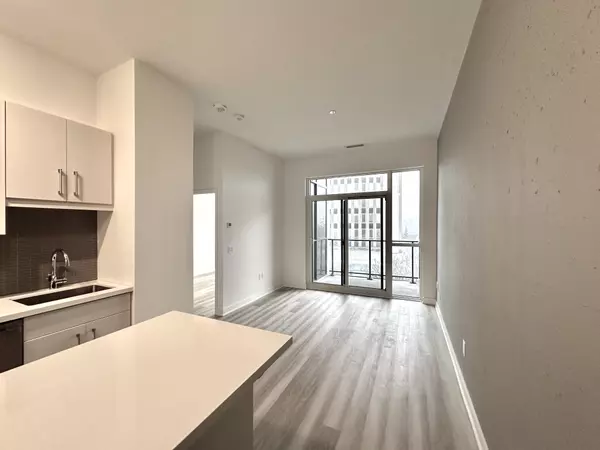10 Steps to Buying a House in Ontario: A Guide to Confident Homeownership

Buying a house in Ontario can be an exciting yet challenging process. With a competitive real estate market and specific provincial regulations, it's essential to approach the process with confidence and a clear plan. Here are 10 steps to help you navigate buying a home in Ontario, ensuring you find the perfect place to call your own.
1. Evaluate Your Financial Health
Before starting your home search, it's crucial to assess your financial situation. This involves calculating your income, savings, debts, and monthly expenses. In Ontario, lenders typically recommend that your monthly housing costs (including mortgage payments, property taxes, and heating) should not exceed 32% of your gross monthly income. Additionally, your total debt load, including other loans and credit card payments, should be no more than 40% of your income. This assessment will help you determine how much you can afford to spend on a home.
2. Understand Your Credit Score
Your credit score is a key factor in securing a mortgage in Ontario. A higher credit score can help you qualify for a lower interest rate, reducing your monthly mortgage payments. Obtain your credit report from a Canadian credit bureau like Equifax or TransUnion to check your score and correct any errors. If necessary, work on improving your score by paying down debts and ensuring all payments are made on time.
3. Save for a Down Payment
In Ontario, the minimum down payment required depends on the price of the home:
- For homes up to $500,000, the minimum down payment is 5%.
- For homes priced between $500,000 and $999,999, the down payment is 5% on the first $500,000 and 10% on the portion above $500,000.
- For homes $1,000,000 or more, a minimum down payment of 20% is required.
Saving for a larger down payment not only reduces the amount you need to borrow but also helps you avoid paying mortgage default insurance (commonly known as CMHC insurance) if your down payment is 20% or more.
4. Get Pre-Approved for a Mortgage
A mortgage pre-approval is an essential step in Ontario’s home-buying process. It gives you a clear idea of how much you can borrow and sets a budget for your home search. To get pre-approved, you'll need to provide your lender with documents such as proof of income, a list of assets and debts, and your credit report. With a pre-approval in hand, you’ll be in a stronger position to make an offer on a home.
5. Research Ontario Neighbourhoods
Ontario is a diverse province with a wide range of neighbourhoods, each offering something unique. Whether you're looking for urban living in Toronto, a suburban community in Mississauga, or a quieter lifestyle in rural Ontario, it's important to research different areas. Consider factors like proximity to work, public transportation, schools, amenities, and overall safety. Setting your priorities will help you narrow down your options.
6. Find a Real Estate Agent
A knowledgeable real estate agent can be a valuable asset in your home-buying journey. In Ontario, real estate agents have access to the Multiple Listing Service (MLS), which provides detailed information on available properties. Your agent can help you find homes that meet your criteria, arrange viewings, and guide you through the negotiation process. Make sure to choose an agent with experience in the Ontario market, particularly in the area where you want to buy.
7. Start House Hunting
With your real estate agent's help, start viewing homes that fit your budget and criteria. Pay attention to details like the condition of the property, the layout, and any potential renovation needs. It’s also wise to take notes and photos during each viewing to compare properties later. Don't rush the process—finding the right home can take time.
8. Make an Offer
Once you’ve found a home you love, it's time to make an offer. In Ontario, your real estate agent will help you draft an offer to purchase, which includes the proposed purchase price, any conditions (such as a home inspection or financing), and the closing date. The offer will be presented to the seller’s agent, and there may be some negotiation involved before both parties reach an agreement.
9. Conduct a Home Inspection
A home inspection is a crucial step to ensure you're making a sound investment. In Ontario, it's common to include a home inspection condition in your offer. A qualified inspector will assess the property for any potential issues, such as structural problems, electrical or plumbing issues, and more. If significant problems are found, you may have the option to renegotiate the price or withdraw your offer.
10. Close the Deal
The final step is closing the deal, which involves finalizing your mortgage, signing the necessary paperwork, and paying closing costs. In Ontario, closing costs typically include legal fees, land transfer tax, title insurance, and adjustments for property taxes or utilities. The land transfer tax varies depending on the location of the property, with additional rebates available for first-time homebuyers.
Before the closing date, you’ll meet with your lawyer to review and sign the closing documents. On the closing day, your lawyer will transfer the funds to the seller, and you’ll receive the keys to your new home.
Final Thoughts
Buying a house in Ontario may seem daunting, but by following these 10 steps, you can navigate the process with confidence and ease. From assessing your finances to closing the deal, each step is designed to help you make informed decisions and find the perfect home. With the right preparation and guidance, you’ll be well on your way to becoming a proud homeowner in Ontario.
Categories
Recent Posts











"My job is to find and attract mastery-based agents to the office, protect the culture, and make sure everyone is happy! "
